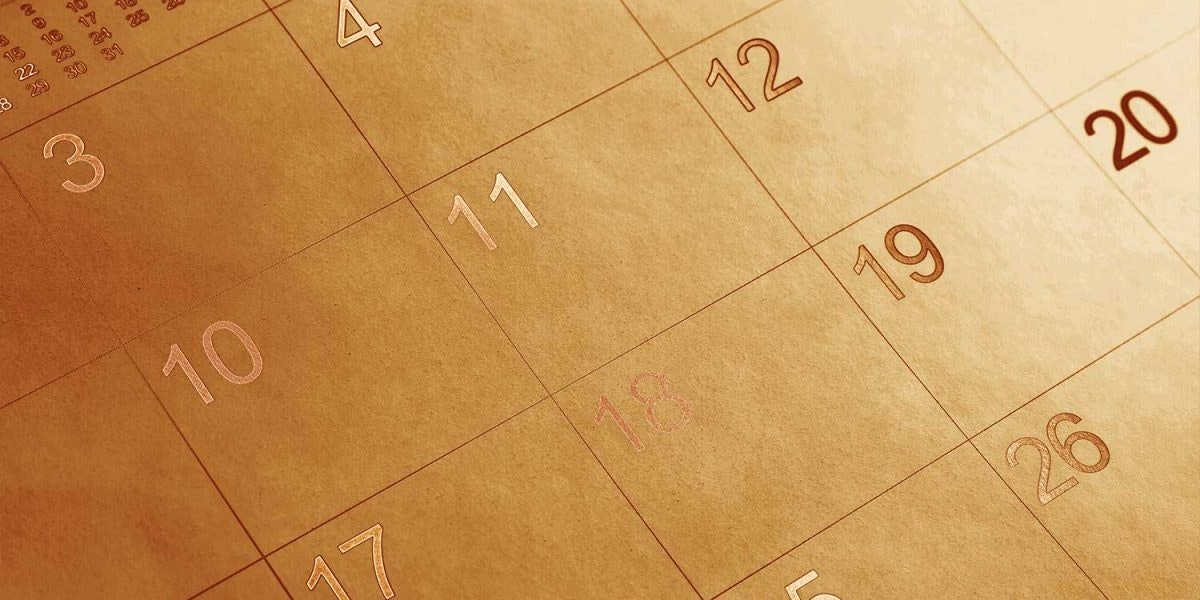The whiskey industry is booming. While you can still find affordable drams, the growing popularity of the spirit continues to attract investors and entrepreneurs. This, of course, raises prices. Seen as investments, aged and rare bottles are snatched up and kept on a shelf until the time is right for reselling.
Recent sales include the Dalmore Paterson Collection, which sold for $1.3 million earlier this year, making it the most expensive set of Scotch whisky in the world. The set included 12 bottles, from 1926 to the 1990s.
Also this year, the largest collection of Karuizawa whiskies went on auction, selling for almost $1 million. A full cask of Macallan whisky went for $370,000 at an auction in Hong Kong just last month.
This list goes on, but the takeaway point is this: there is money to be made in whiskey. This fact hasn’t gone unnoticed, and has led to a rise in fake whiskey bottles, surfacing in places you’d never expect.
Not in shady markets but in respected, well-regarded establishments.
A History of Counterfeits
Counterfeit bottles first appeared in large numbers in the 1990s, within the booming auction market. This era presented a great opportunity, as obscure bottlings surfaced everywhere. Decades old, with unseen labels, from shut-down distilleries; it was a time of great discovery for the whiskey connoisseur.
David Robertson of Rare Whisky 101 / Photo Credit: Rare Whisky 101
Presented in sets of two to four bottles, in impeccable condition, the forgeries went straight to auction. As they started selling, however, experts and collectors began to doubt the origin and authenticity of the bottles. After all, the whiskey world is a small community. It isn’t so easy to sell dozens of bottles no one had ever heard of, without raising some suspicion.
The movement to unmask these fakes was led by several experts in the industry, including Dave Broom, Diageo’s Dr. Nick Morgan and Iain Russell. Simple back-tracking and fact checking was enough to uncover the fakes. Some fakes even had spelling mistakes on their labels.
However, the issue never gathered much publicity.
The Evolution of Forgery
In 2016, another scandal was discovered, which was simply too large to overlook. Analyst and whiskey broker, Rare Whisky 101, managed to uncover several fake bottles worth almost $1 million.
Andy Simpson of Rare Whisky 101 / Photo Credit: Rare Whisky 101
The first was the Laphroaig 1903. Worth over $100,000, it was said to have been the oldest Laphroaig bottle in existence. Two fake sets in the Macallan Fine and Rare collection, valued at around $550,000 and $275,000, were also counterfeit.
The analyst team purchased the bottles at auction and spent six months determining their authenticity. The tests carried out included cork and capsule assessment, organoleptic assessment of the liquid, and analysis of peat-derived compounds. The findings clearly showed that the bottles were fake, turning the whiskey world upside down.
In early 2017, a man was arrested in London after attempting to sell a huge number of fake bottles to auction house, Whisky.Auction. The operation is said to be the most organized of its kind, in which rare bottles of whiskey, and other spirits were refilled with cheaper expressions and resealed. The auction house grew suspicious as the bottles came periodically, mixed with real ones.
Later that summer, the high-end St. Moritz hotel in Switzerland, launched an investigation into a bottle of Macallan 1878, after many drinkers complained that the whisky was fake. The customer is always right, especially when each measure costs $10,000.
Is Your Bottle Fake?
Sadly, these bottles are everywhere, so it’s becoming increasingly difficult to identify the fakes from the real, rare gems.
Whisky auction bottles / Photo Credit: Whisky.Auction
However, there is a very simple rule to follow concerning the purchase of any bottle: if there are no historical records of the bottle in question, and its origin can’t be proven, then don’t buy it.
Alternatively, if a bottle costs over $100,000, then you should invest an extra $1,000 on an expert opinion. Whiskey experts, whiskey investing and broking companies, high-end retailers; many would be willing to help.
On a positive note, auction houses and rare whiskey retailers are doing much more to sniff out forgeries, as the issue is growing in the industry and in the public eye. We can all help to spread the word, helping others realize the gravity of the situation.
As the forgers grow more sophisticated in their operations, we too must be smarter and discover new ways to expose them.
With Distiller, you’ll always know what’s in the bottle before you spend a cent. Rate, Review, and Discover spirits! Head on over to Distiller, or download the app for iOS and Android today!

